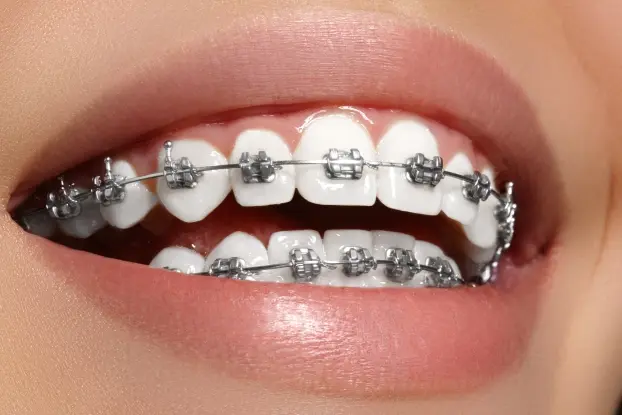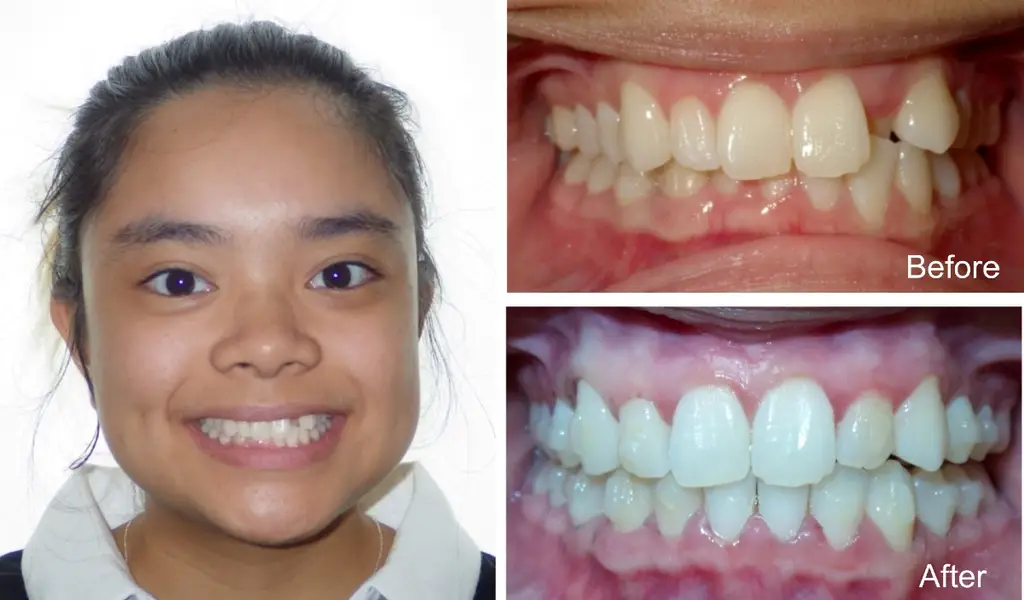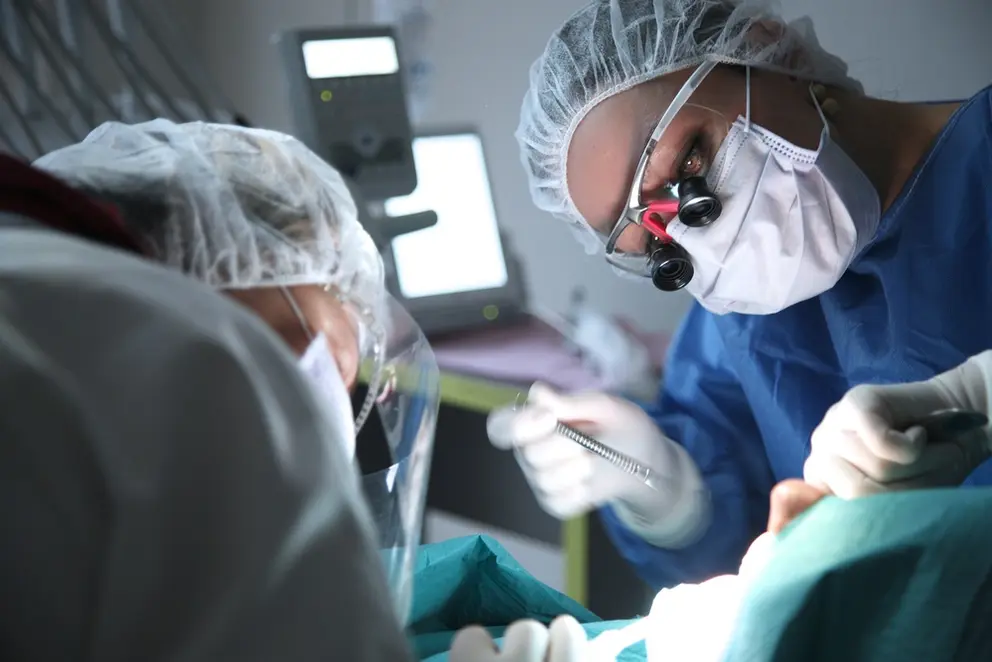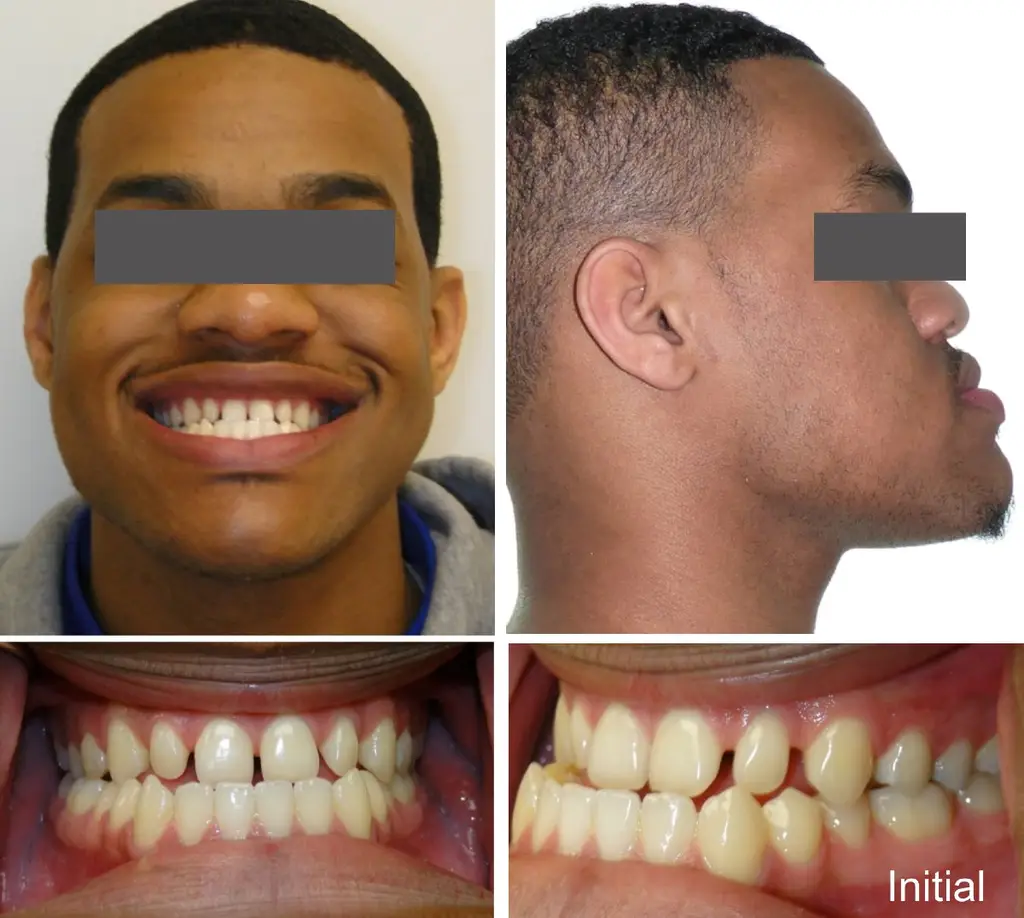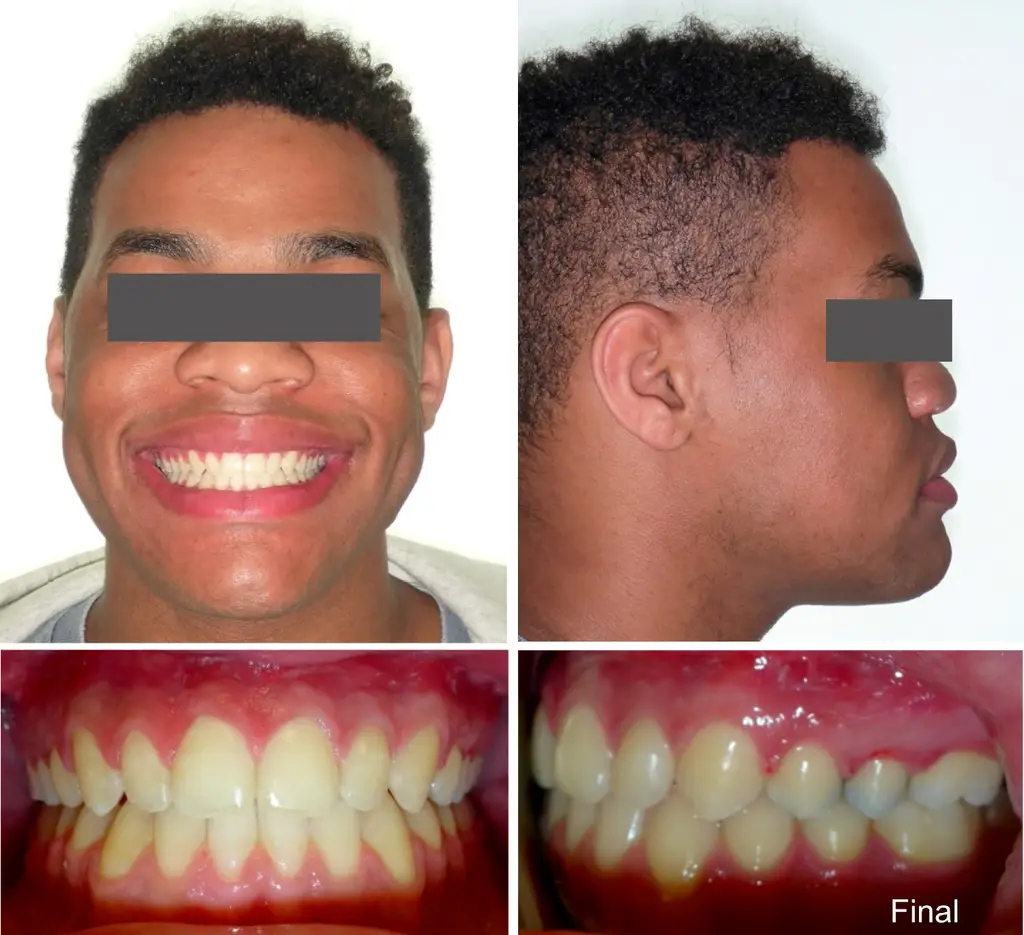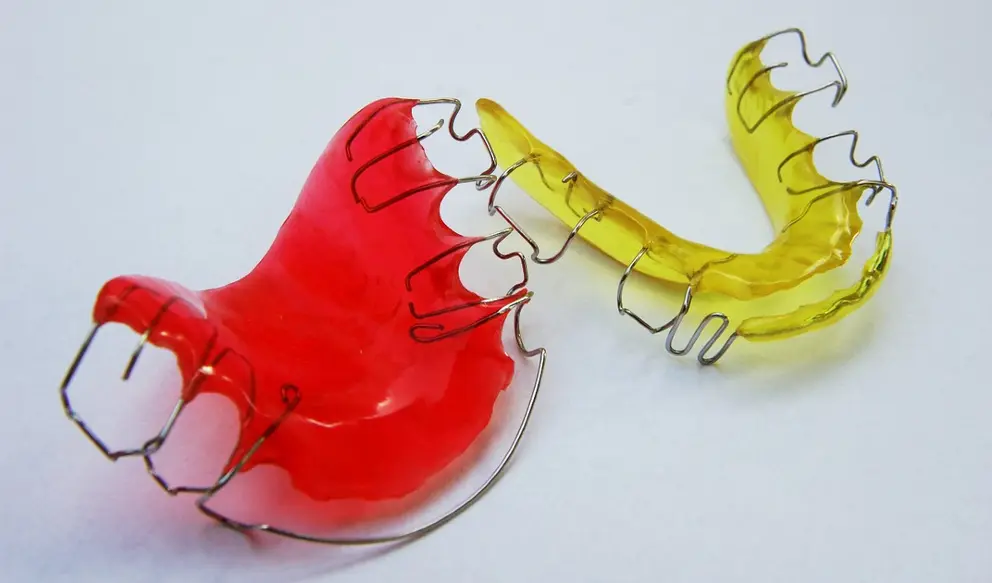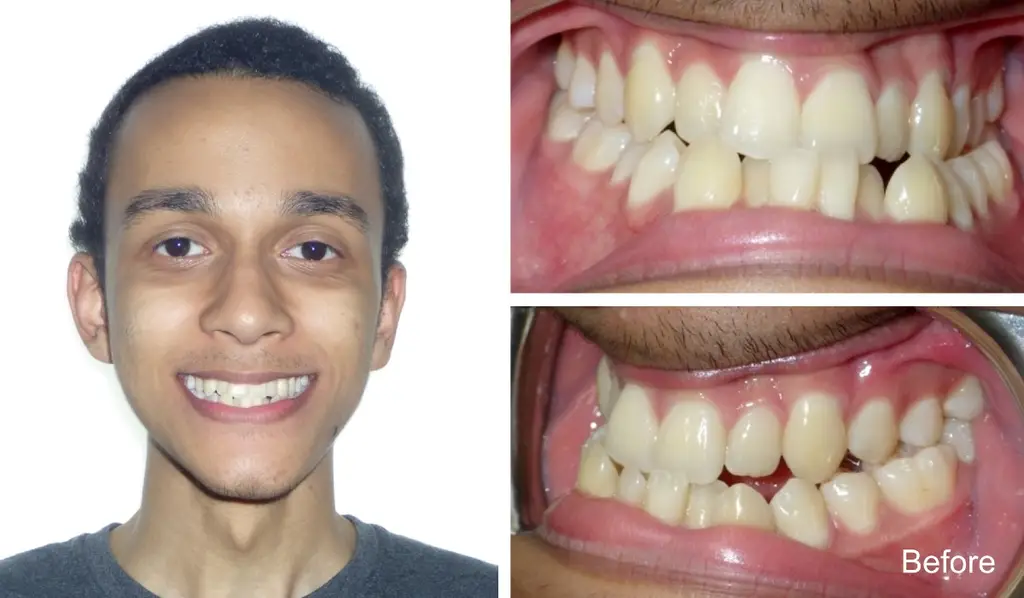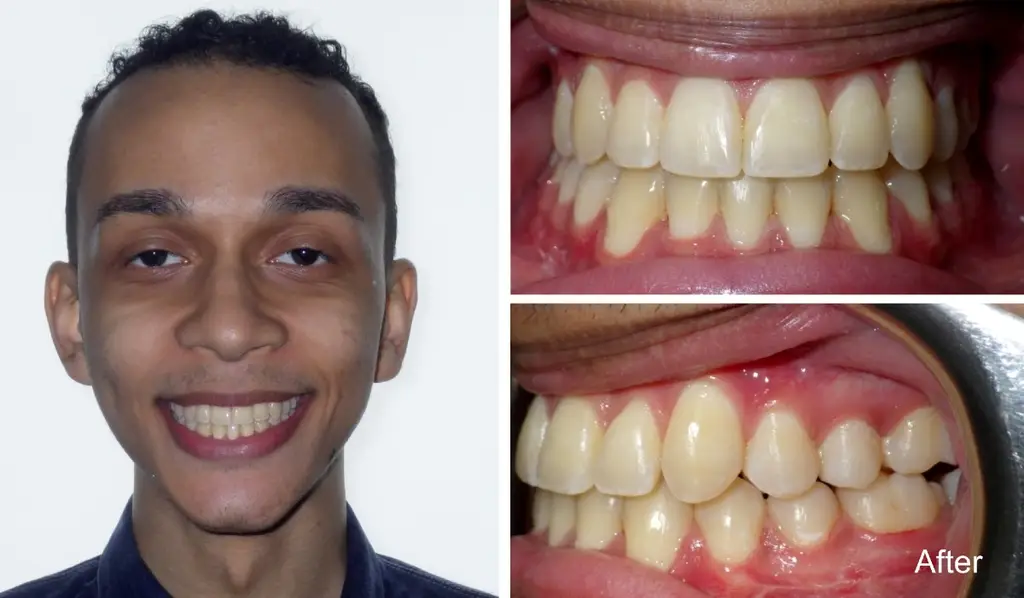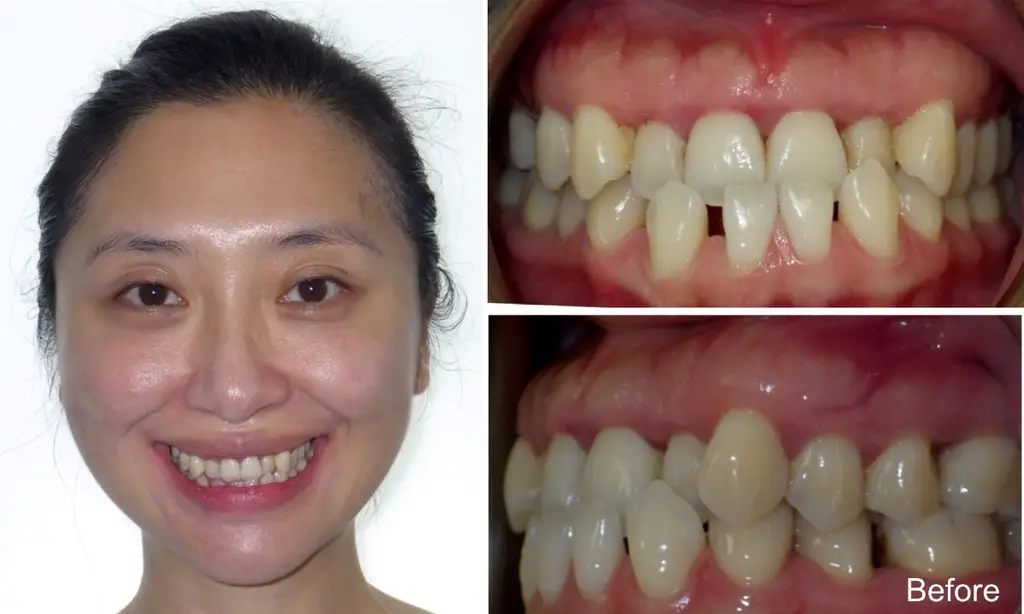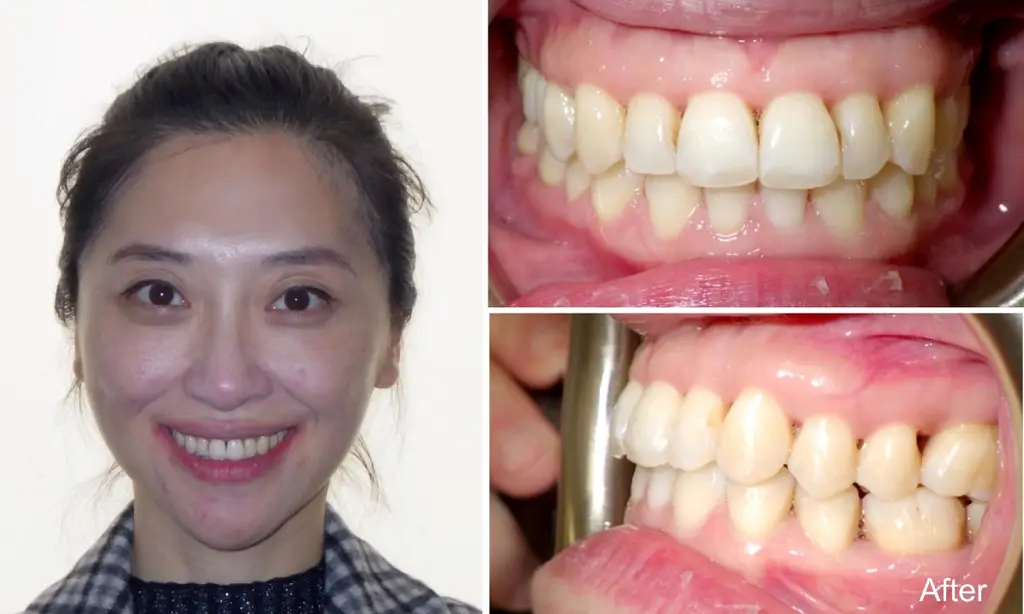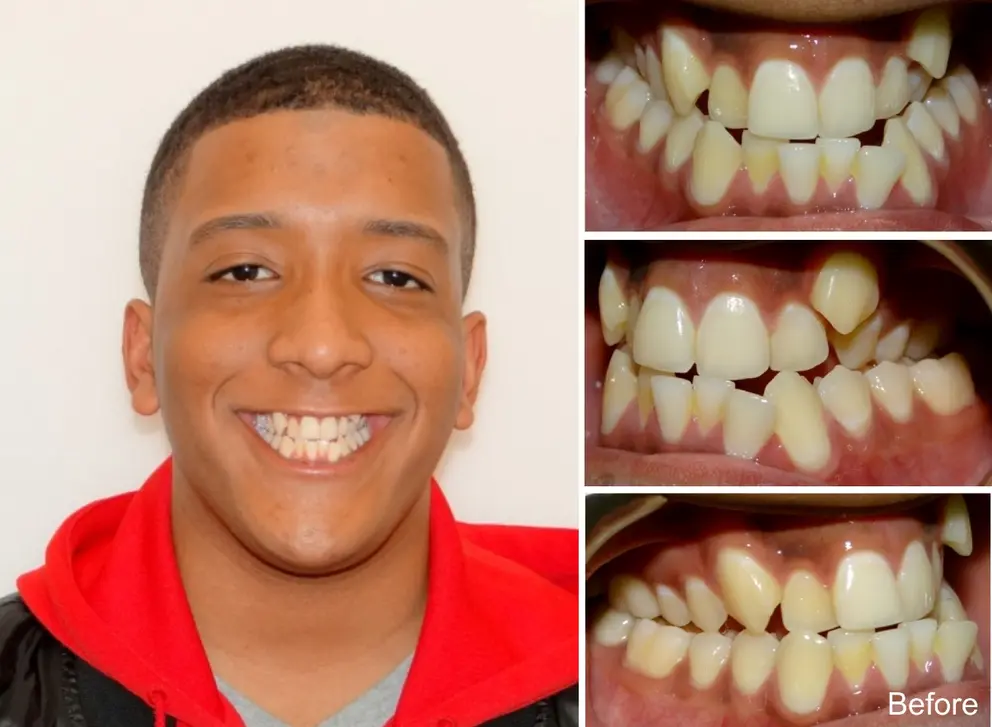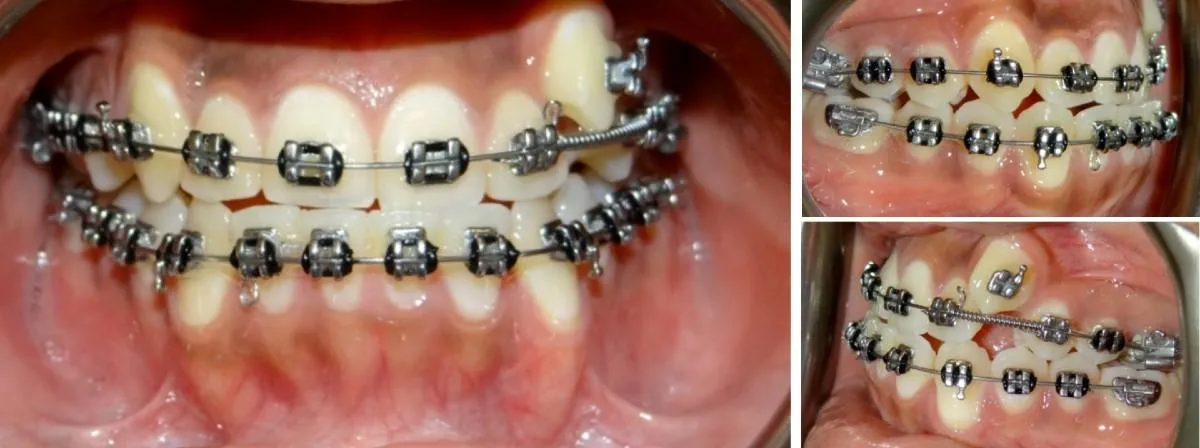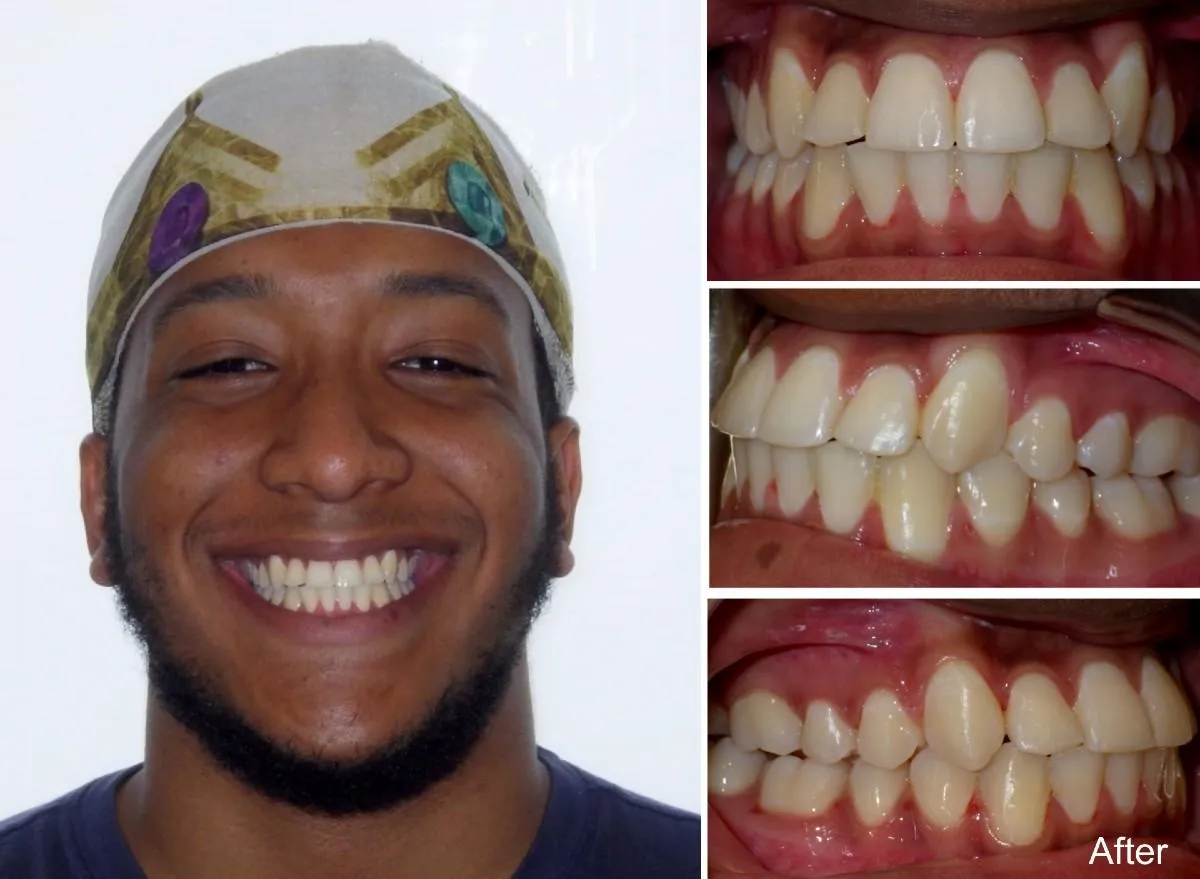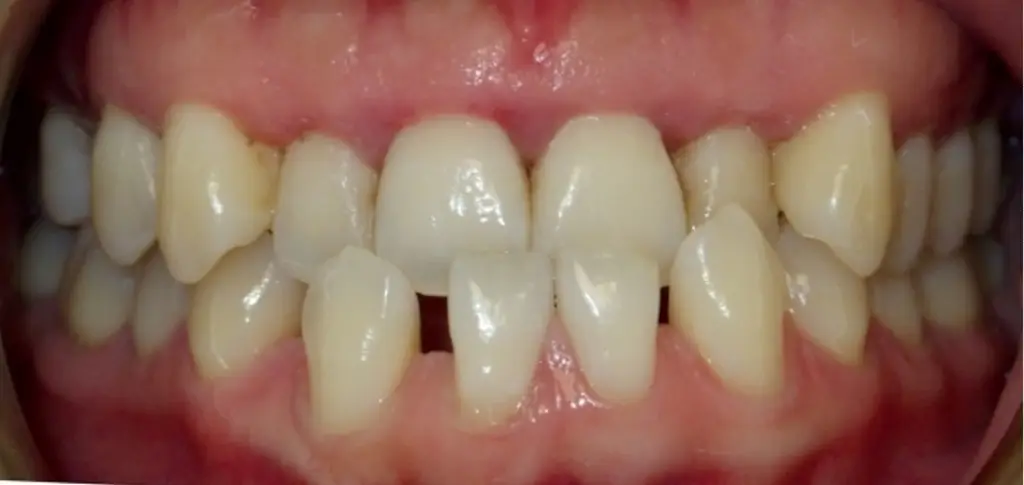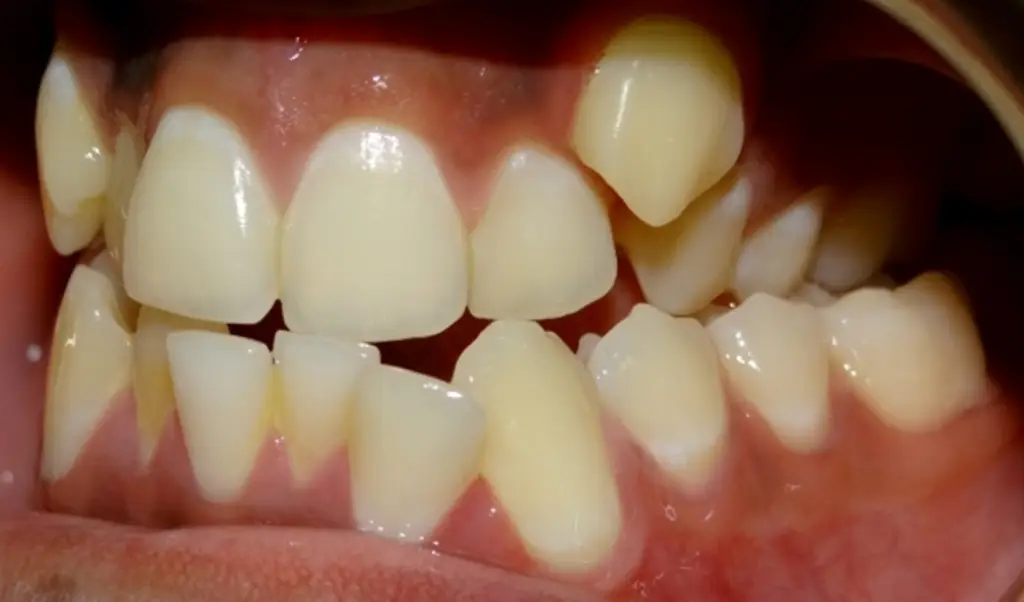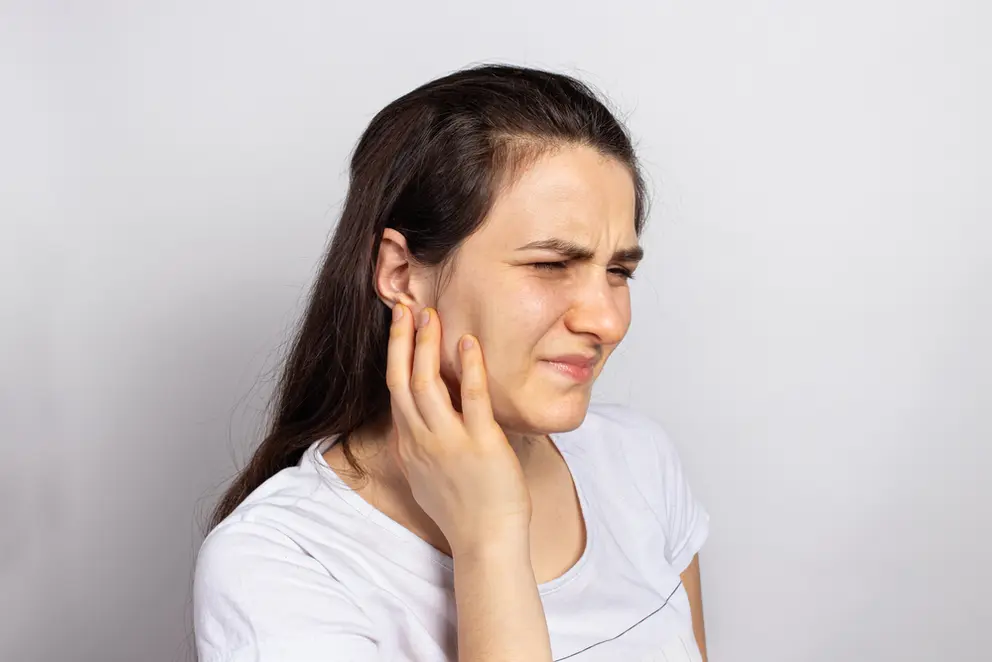
How to
Treat Crossbites
Orthodontic treatment for crossbites can effectively address your concerns. If you have a crossbite or underbite, it's important to consult with a licensed orthodontist. They will conduct thorough exams, including x-rays, to assess your condition. Based on this, they will recommend a treatment plan that suits your preferences, lifestyle, and budget.
There are several types of crossbites and each has different treatment options. These options might include braces, aligners, or even jaw surgery in specific cases. Your orthodontist will guide you in choosing the best method for your situation.
